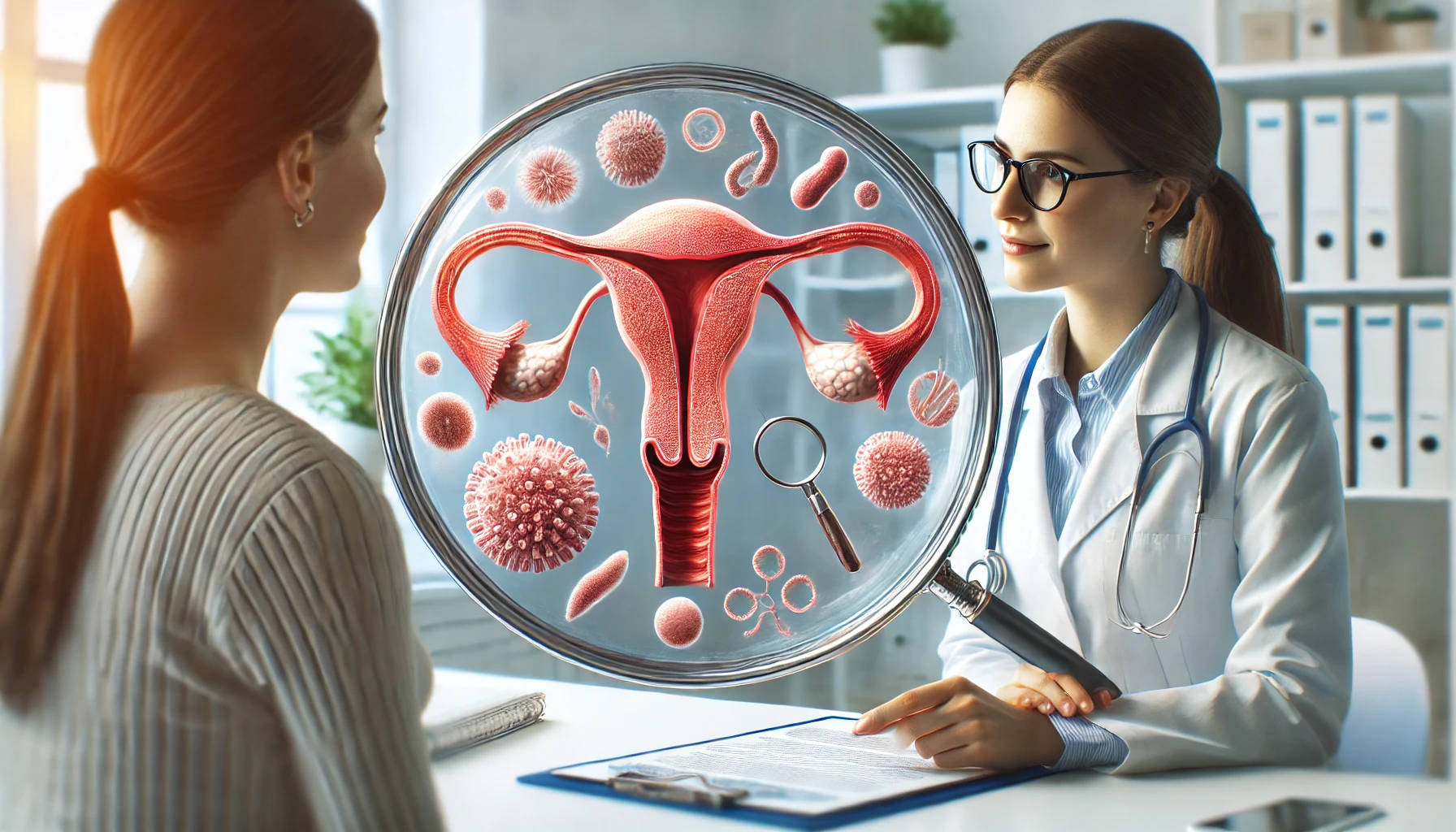Understanding Vaginitis (Vaginal Infection)
This post was written with Consensus AI Academic Search Engine – please read our Disclaimer at the end of this article. Vaginitis is a common and often recurrent condition that can significantly impact women’s health and quality of life. Understanding the types, causes, and treatments of vaginitis is essential for effective management and prevention. Ongoing research continues to explore new treatment options and strategies to maintain a healthy vaginal environment and reduce the incidence of recurrent infections.
Vaginitis, commonly referred to as a vaginal infection, is an inflammatory condition of the vagina that can result in discomfort, discharge, and itching. It is a prevalent issue among women and can be caused by various microorganisms, including bacteria, fungi, and viruses. This article delves into the types, causes, symptoms, and treatments of vaginitis, with a focus on bacterial vaginosis (BV) and aerobic vaginitis (AV).
Types of Vaginitis
Vaginitis can be classified into several types based on the causative agents:
Bacterial Vaginosis (BV)
BV is the most common type of vaginitis, characterized by a reduction in lactobacilli and an overgrowth of other anaerobic bacteria. It is prevalent among women with sexually transmitted infections, pregnant women, and those visiting gynecologic clinics1. BV is associated with an increased risk of acquiring sexually transmitted infections (STIs) and can lead to complications during pregnancy, such as premature rupture of membranes and postpartum fever1.
Aerobic Vaginitis (AV)
AV occurs when the normal vaginal microflora is dominated by aerobic bacteria, such as Escherichia coli. This type of vaginitis can significantly affect both maternal and fetal health during pregnancy2. AV is often exacerbated by the pregnant state, leading to more severe symptoms and adverse pregnancy outcomes2.
Non-Specific Vaginitis
Non-specific vaginitis, also known as vaginosis, is typically caused by an imbalance in the vaginal microflora rather than a specific pathogen. It often involves the proliferation of opportunistic bacteria and can be treated by rebalancing the vaginal flora rather than using antimicrobials4.
Causes and Risk Factors
The primary cause of vaginitis is the disruption of the normal vaginal microflora. Factors that can contribute to this disruption include:
- Antibiotic Use: Antibiotics can reduce the population of beneficial lactobacilli, allowing harmful bacteria to proliferate1.
- Hormonal Changes: Hormonal fluctuations during pregnancy, menstruation, or menopause can alter the vaginal environment, making it more susceptible to infections2.
- Sexual Activity: Sexual intercourse can introduce new bacteria into the vagina, increasing the risk of BV and other infections1.
- Poor Hygiene: Nonhygienic menstrual products and inadequate genital hygiene can contribute to the development of vaginitis9.
Symptoms
The symptoms of vaginitis can vary depending on the type of infection but generally include:
- Abnormal vaginal discharge
- Vaginal itching and irritation
- Burning sensation during urination
- Pain during intercourse
- Vaginal odor
Diagnosis
Diagnosis of vaginitis typically involves a combination of clinical evaluation and laboratory tests. Common diagnostic criteria include:
- Amsel Criteria: Used to diagnose BV, this includes the presence of a thin, white discharge, a vaginal pH greater than 4.5, a positive whiff test, and the presence of clue cells on microscopic examination7.
- Nugent Score: A scoring system based on the microscopic examination of vaginal fluid to assess the presence of bacterial morphotypes associated with BV5.
Disclaimer
The content presented in this blog is generated by Consensus, an AI-powered academic search engine, and is based on publicly available scientific literature. While every effort is made to provide accurate, up-to-date, and well-researched information, the content is intended for informational and educational purposes only. It does not constitute medical advice, diagnosis, or treatment. Always consult a qualified healthcare professional before making any decisions regarding medical conditions, treatments, or medications. The AI system’s analysis may not cover all perspectives, emerging research, or individual cases, and it is not a substitute for professional expertise. Neither the blog publisher nor the developers of the AI-powered search engine are responsible for any actions taken based on the information provided in this content. Use of this information is at your own risk. Citations to the original scientific studies are included for reference, but these studies should be reviewed in full and interpreted with the guidance of a healthcare or research professional.
If you are experiencing a medical emergency, please seek immediate attention from a healthcare provider.
